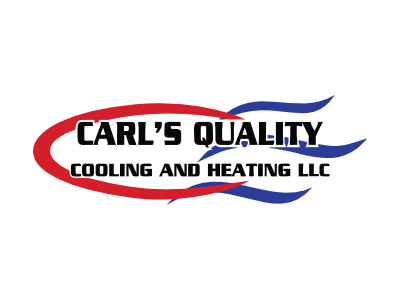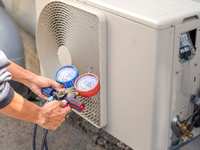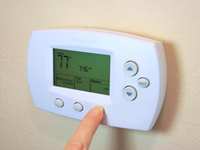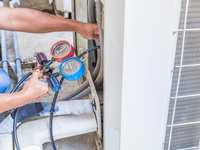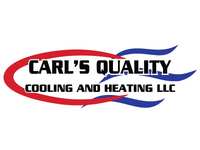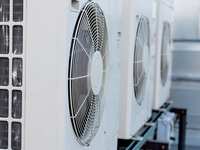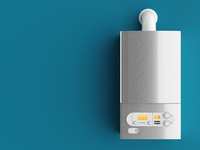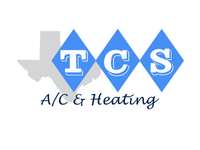Maximizing Energy Efficiency with Variable Refrigerant Flow (VRF) Systems
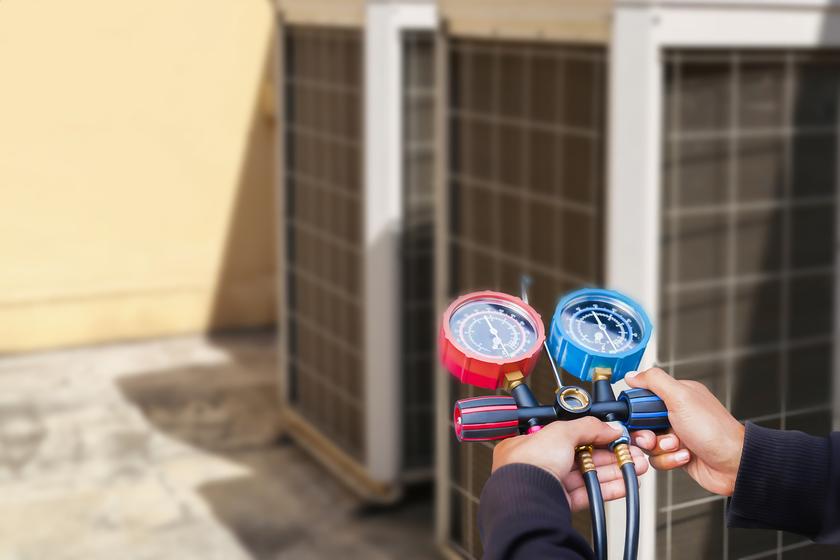
In an era where sustainability and energy efficiency are increasingly important for both environmental and financial reasons, businesses across various industries are seeking ways to optimize their energy consumption. One solution that has gained popularity is the implementation of Variable Refrigerant Flow (VRF) systems within heating, ventilation, and air conditioning (HVAC) applications. VRF systems are known for their ability to deliver precise temperature control, reduce energy wastage, and lower operational expenses, making them an ideal solution for commercial facilities looking to enhance their energy efficiency.
Variable Refrigerant Flow systems are innovative, advanced technology HVAC systems that utilize refrigerant as both a cooling and heating medium. VRF systems provide exceptional energy efficiency by continually adjusting the refrigerant flow rate to match the precise cooling and heating requirements of multiple zones within a commercial building. This precise control not only leads to significant energy savings but also ensures a comfortable indoor environment for occupants. Additionally, VRF systems are known for their adaptability, making them a versatile solution for a variety of commercial applications, including office buildings, hotels, schools, restaurants, and retail establishments.
Investing in a VRF system for your commercial facility can be a transformative decision, both in terms of energy efficiency and occupant comfort. Still, success relies on partnering with our qualified and experienced professional HVAC team that can guide you through the process, from selecting the right system to providing expert installation and ongoing maintenance. Working with a knowledgeable HVAC provider like us ensures that your VRF system will function at peak efficiency, ultimately delivering the energy savings and performance enhancements you desire.
Continue reading as we discuss the fundamental concepts of VRF systems, the advantages they offer for commercial buildings, and how partnering with our professional HVAC team can ensure successful implementation and optimal performance.
Understanding the Mechanics of VRF Systems
A Variable Refrigerant Flow (VRF) system is an advanced HVAC technology that relies on refrigerant to cool and heat spaces within a commercial facility. Unlike conventional systems that use air or water as the heat exchange medium, VRF systems rely on refrigerant, which allows for more precise temperature control and greater energy efficiency. The main components of a VRF system include:
- Outdoor Unit: The outdoor unit houses the compressor(s) and condensing unit, which is responsible for distributing the refrigerant throughout the system.
- Indoor Units: Multiple indoor units are installed in specific zones within the building, providing cooling or heating as needed. Indoor units come in various styles, such as wall-mounted, ceiling-mounted, ducted, or floor-standing units.
- Refrigerant Piping: A network of refrigerant piping connects the outdoor unit to the indoor units. This piping transports the refrigerant throughout the system.
- Control System: An intuitive control system allows for easy monitoring and management of the VRF system’s performance, enabling users to customize temperature settings for individual zones.
Cost and Environmental Benefits of VRF Systems
Investing in a VRF system brings an array of cost and environmental benefits for commercial facilities:
- Reduced Energy Consumption: VRF systems adapt to the precise cooling and heating requirements of each space, significantly reducing energy waste compared to traditional HVAC systems. This efficiency translates into lower energy bills and a smaller carbon footprint.
- Incentives and Rebates: Many states and utility companies offer incentives and rebates for businesses implementing energy-efficient technologies like VRF systems. These programs can help offset the initial investment costs and contribute to the overall financial savings over the life of the system.
- Lower Maintenance Expenses: VRF systems have fewer moving parts, translating to lower maintenance costs and fewer potential points of failure. With regular maintenance performed by our professional HVAC team, VRF systems can have a long operational life with minimal downtime for repairs.
- Enhanced Building Value: Facilities with modern, energy-efficient HVAC solutions like VRF systems are more attractive to potential tenants and buyers, contributing to increased building value and better return on investment.
Design and Implementation Considerations for VRF Systems
Several factors should be taken into account when designing and implementing a VRF system for your commercial facility:
- Load Analysis: Conducting a thorough load analysis of your facility is crucial to determine the appropriate size and capacity of your VRF system. This analysis should consider factors like occupancy, building layout, insulation levels, and local climate conditions.
- Equipment Selection: With various brands and models available in the market, it’s crucial to select the right VRF system for your specific needs and facility requirements. Carefully review the system’s features, efficiency ratings, and manufacturer support before making a decision.
- System Layout and Design: The optimal design and layout of your VRF system will depend on factors like building architecture, space availability, and occupancy patterns. Engaging our professional HVAC team will help ensure that the system is designed and installed in a manner that maximizes its performance and efficiency.
- Control System Integration: Integrating the VRF system with your building’s existing automation or control system can further enhance energy efficiency and ease of operation. Ensure seamless integration by working closely with your HVAC provider and system controls specialist.
Working with a Professional VRF System Provider
Partnering with our experienced professional HVAC team is key to maximizing the benefits of your VRF system. Our experts will guide you through the entire process, from system design and selection to installation, maintenance, and repairs:
- Expert Consultation and System Selection: Our professional HVAC team will assess your facility’s unique needs, helping you choose the most suitable VRF system that aligns with your energy efficiency goals and budget.
- Proper Installation: A well-executed installation is crucial for the optimal performance and longevity of your VRF system. Ensure the reliability and efficiency of your system by working with our experienced and certified HVAC team.
- Proactive Maintenance Services: Regular maintenance ensures that your VRF system continues to operate efficiently, reducing the risk of unexpected downtime and prolonging its service life.
- Rapid Repair and Support: In the event of system issues, our qualified HVAC team can provide prompt and effective repairs, minimizing disruptions to your operations and protecting your investment.
Conclusion
Variable Refrigerant Flow (VRF) systems offer an exceptional opportunity for commercial facilities to implement energy-efficient HVAC services in The Woodlands that deliver superior comfort, reduced operational expenses, and environmental sustainability. By working with our qualified professional HVAC team at Carl’s Quality Cooling and Heating LLC, you can ensure the successful implementation and maintenance of a VRF system tailored to your facility’s specific needs. Don’t hesitate to contact us to discuss your VRF system requirements. Let us help you design and implement a high-performance, scalable solution for your commercial building.

